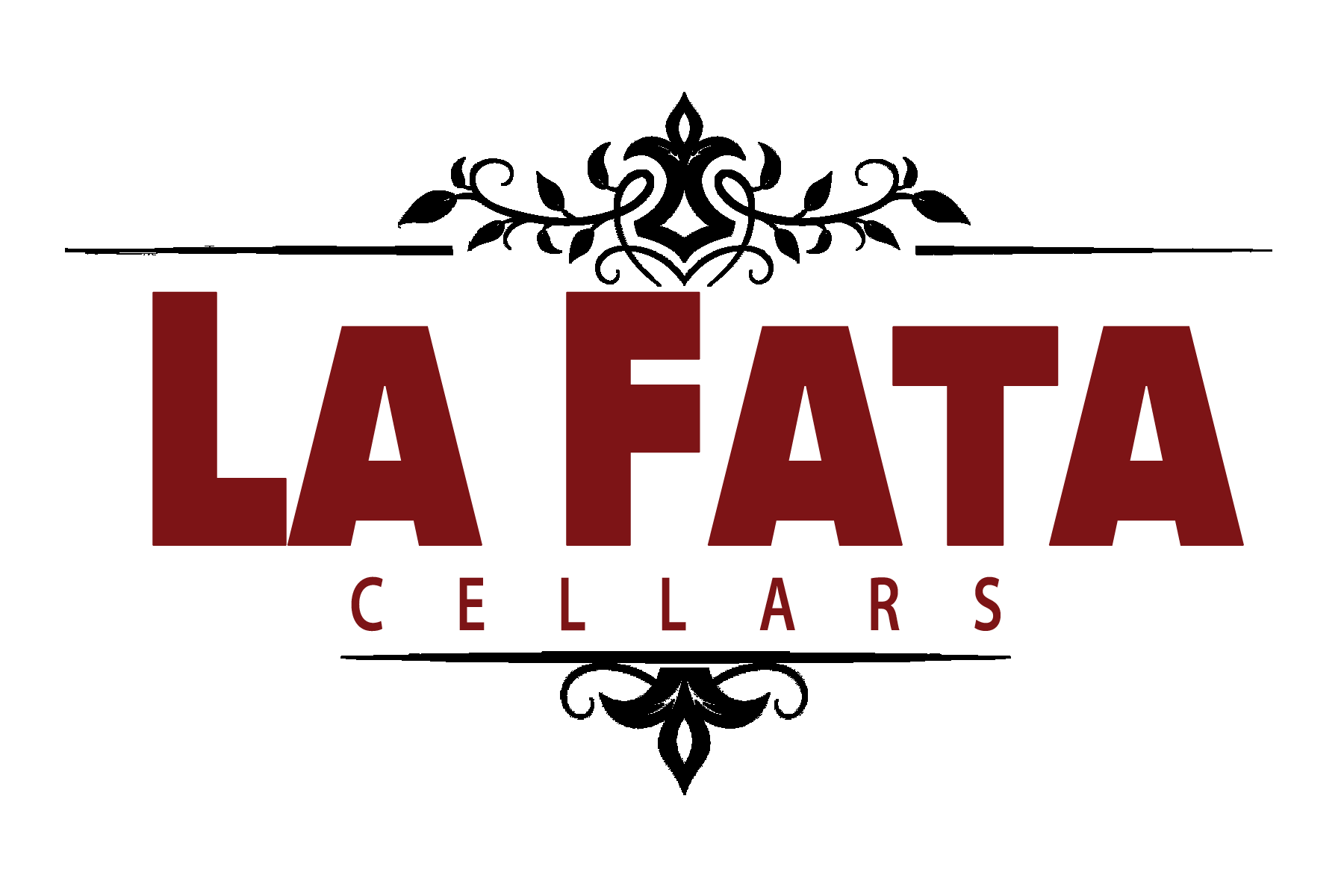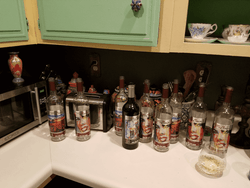When it comes to wine, temperature plays a crucial role in how we experience its flavors and aromas. Each varietal has its own ideal serving and storage temperatures that can enhance your enjoyment. In this article, I’ll share insights on the best temperatures for serving and storing popular wine types, along with tips to help you get the most out of your wine.
Understanding Wine Temperatures
Before diving into specifics, it’s important to understand why wine temperature matters. Wine is a complex beverage, with various compounds that interact differently based on temperature. Serving a wine too warm or too cold can mute its flavors or amplify unpleasant characteristics. Storing wine at improper temperatures can also lead to spoilage or premature aging.
Whites
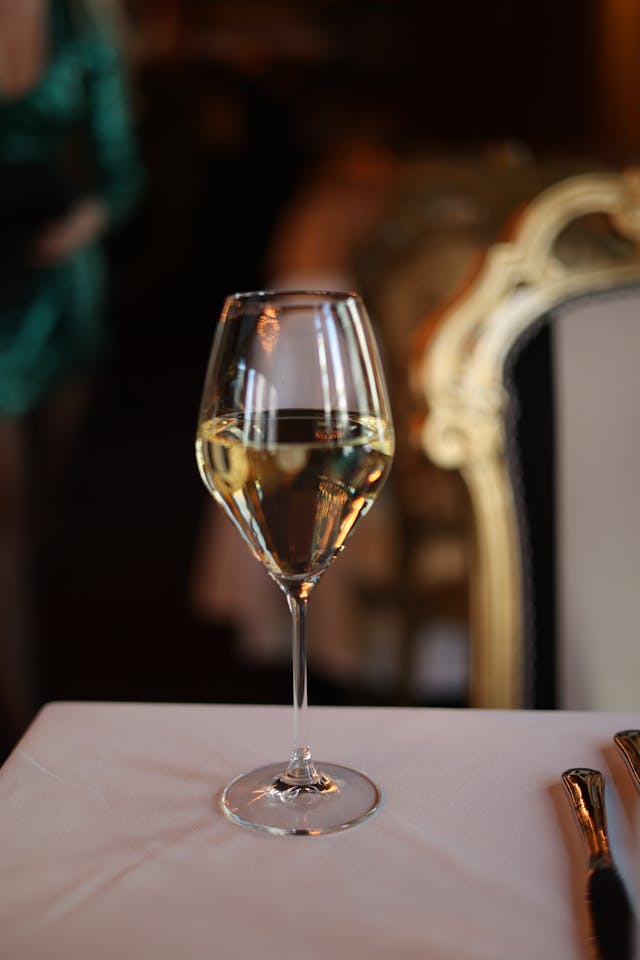
Sauvignon Blanc
- Serving Temperature: 45-50°F (7-10°C)
- Storage Temperature: 50-55°F (10-13°C)
Sauvignon Blanc is bright and zesty, often with notes of citrus and green apple. Chilling it to around 45-50°F enhances its refreshing qualities. When storing, keeping it slightly warmer helps preserve its character without risking premature aging.
Chardonnay
- Serving Temperature: 50-55°F (10-13°C)
- Storage Temperature: 50-55°F (10-13°C)
Chardonnay varies greatly in style, but a cooler serving temperature brings out its crispness. If you’re dealing with oaked varieties, serving it slightly warmer can help reveal the creaminess. For storage, a consistent temperature around 50-55°F is ideal.
Riesling
- Serving Temperature: 45-50°F (7-10°C)
- Storage Temperature: 50-55°F (10-13°C)
Riesling is another white that shines at a lower temperature. Its floral and fruity notes are best appreciated when served chilled. Storage is similar to other whites, ensuring a cool and stable environment.
Reds
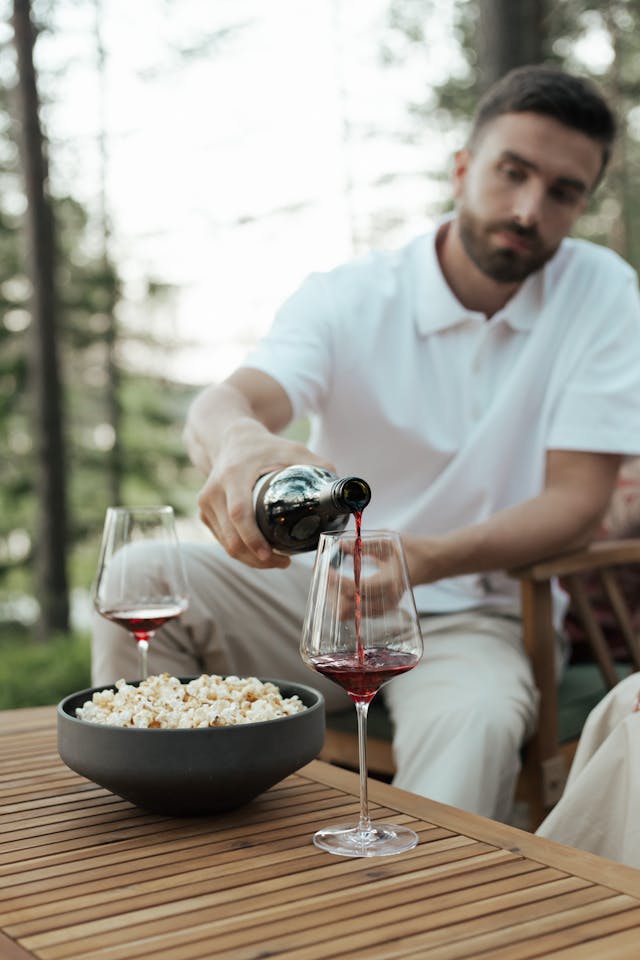
Pinot Noir
- Serving Temperature: 55-60°F (13-16°C)
- Storage Temperature: 55-60°F (13-16°C)
Pinot Noir is elegant and delicate, often benefiting from a slightly cooler serving temperature. This helps preserve its nuanced flavors. Storing it at the same temperature allows the wine to age gracefully.
Cabernet Sauvignon
- Serving Temperature: 60-65°F (16-18°C)
- Storage Temperature: 55-65°F (13-18°C)
Cabernet Sauvignon is bold and structured, and serving it at 60-65°F allows its tannins to soften and its complexity to shine. For storage, a range up to 65°F is acceptable, but consistent coolness is key.
Merlot
- Serving Temperature: 60-65°F (16-18°C)
- Storage Temperature: 55-65°F (13-18°C)
Merlot shares similar temperature preferences with Cabernet Sauvignon. Serving at the right temperature enhances its smooth, fruit-forward profile, while proper storage ensures it remains vibrant for years.
Rosé
- Serving Temperature: 45-55°F (7-13°C)
- Storage Temperature: 50-55°F (10-13°C)
Rosé is versatile and refreshing, making it a great option for warmer weather. Serving it chilled enhances its fruity and floral notes. Storage follows the same guidelines as white wines, keeping it cool and consistent.
Sparkling Wines
Champagne
- Serving Temperature: 45-50°F (7-10°C)
- Storage Temperature: 45-50°F (7-10°C)
Champagne and other sparkling wines are best enjoyed well-chilled. This helps to maintain their effervescence and crispness. For storage, a cool, dark place is essential to preserve the bubbles and flavor.
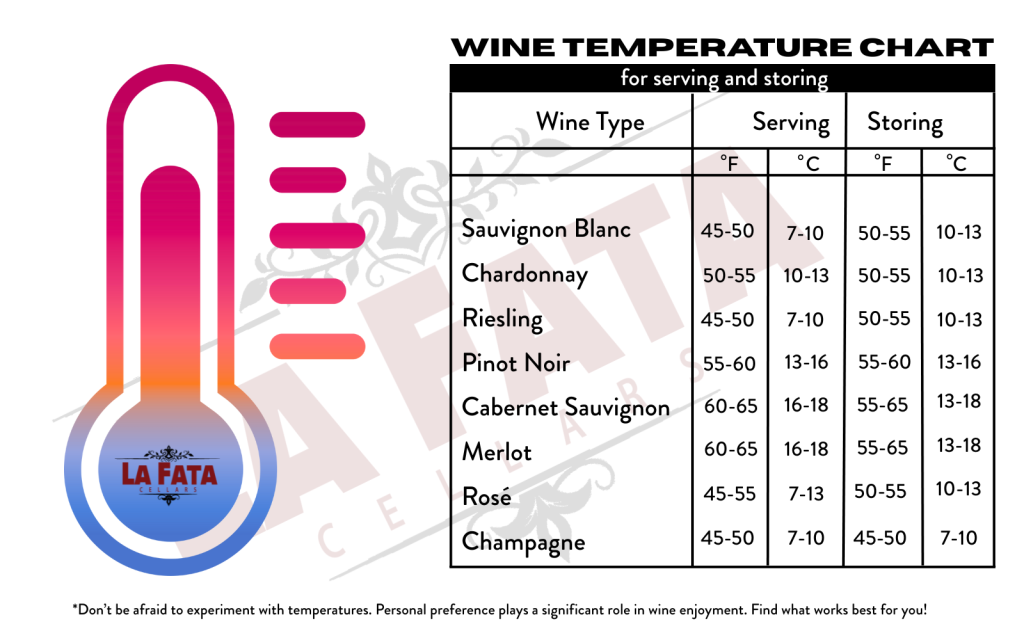
More Tips for Managing Wine Temperatures
- Use a Thermometer: Invest in a wine thermometer to ensure accuracy. This small tool can make a big difference in your wine experience.
- Chill Wisely: If you need to chill a wine quickly, place it in an ice bucket with a mix of ice and water. This method cools the wine faster than ice alone.
- Avoid Temperature Fluctuations: Try to store your wines in a stable environment. Fluctuating temperatures can damage the wine over time.
- Know Your Space: If you don’t have a wine fridge, find a cool, dark spot in your home. Avoid areas near heat sources or direct sunlight.
- Feel the Burn: If you can smell the alcohol burning your nose, it is likely too warm.
- Nothingness: If you can’t smell the wine at all, it is likely too cold.
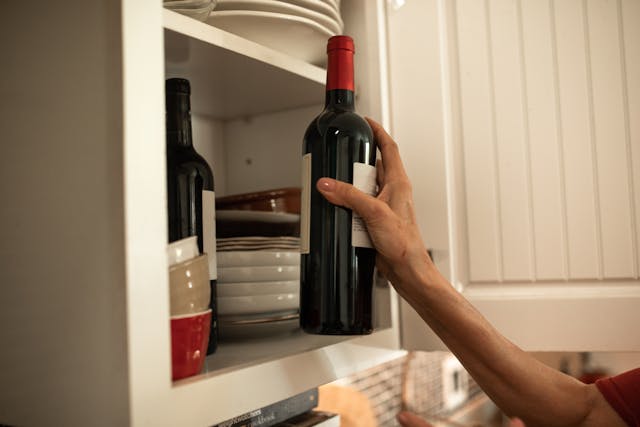
Additional Wine Serving Tips
- Decanting: Some red wines, especially young and full-bodied ones, benefit from decanting. Pouring the wine into a decanter allows it to breathe, softening tannins and enhancing aromas.
- Glassware Matters: Use the right glass for each wine type. For example, a wider bowl for reds allows for better aeration, while a narrower flute for sparkling wines preserves bubbles.
- Serving Size: Pour about one-third of the glass for still wines and only about one-quarter for sparkling wines. This gives the wine space to breathe and allows you to enjoy the aromas.
- Taste as You Go: Always taste the wine before serving to check if it’s at the right temperature. If it’s too cold, let it sit for a few minutes; if too warm, consider chilling it slightly.
- Pairing with Food: Consider the temperature of the food you’re serving. A warm dish may call for a wine served at a slightly higher temperature, while cooler dishes pair well with chilled wines.
- Experiment: Don’t be afraid to experiment with temperatures. Personal preference plays a significant role in wine enjoyment. Find what works best for you!
Understanding the best temperatures for wine serving and storage can truly enhance your enjoyment. Whether you’re sipping a crisp Sauvignon Blanc on a sunny day or savoring a robust Cabernet Sauvignon in the evening, keeping these wine temperatures in mind will elevate your experience. By taking the time to serve and store your wines correctly, you’ll appreciate all the nuances and flavors that each bottle has to offer. Cheers to enjoying wine at its best!
